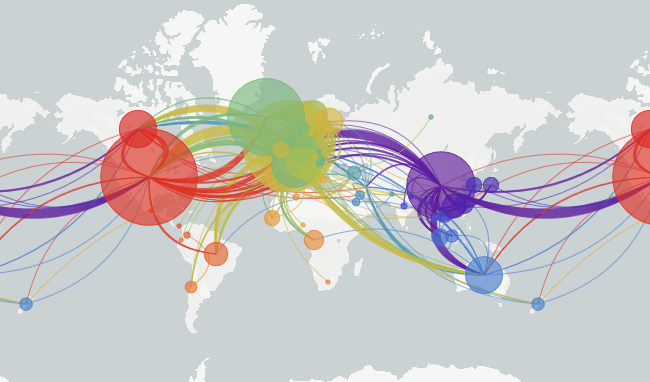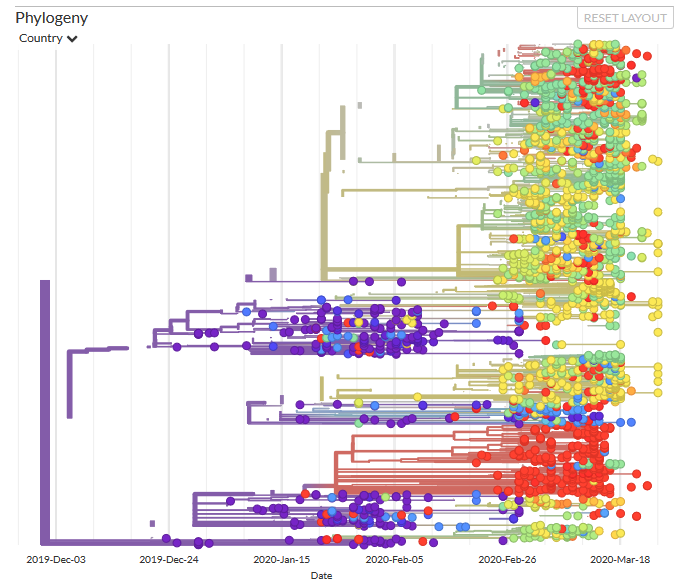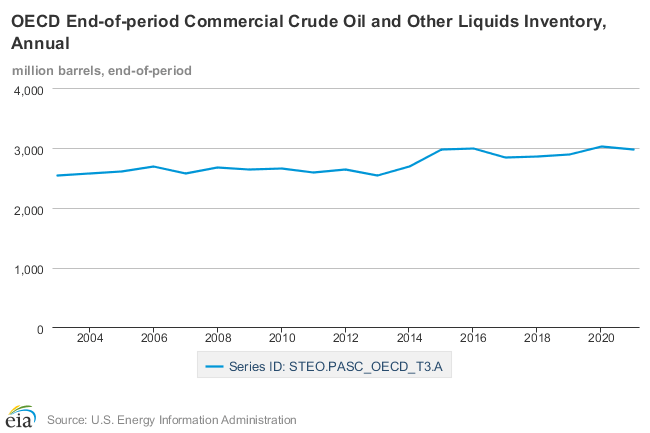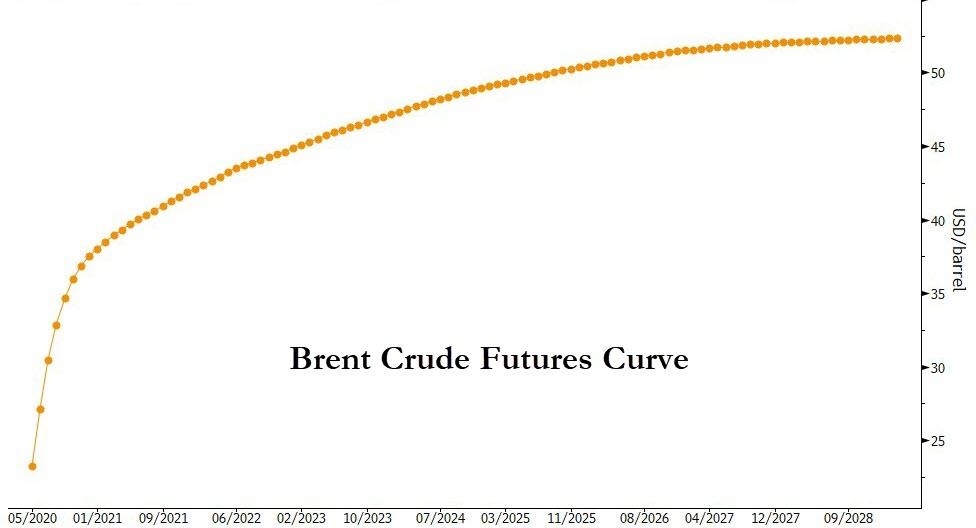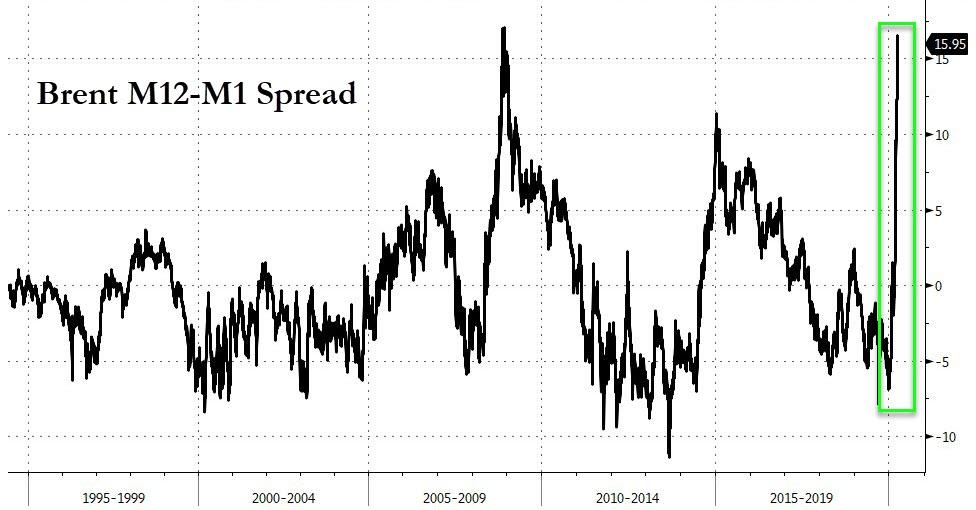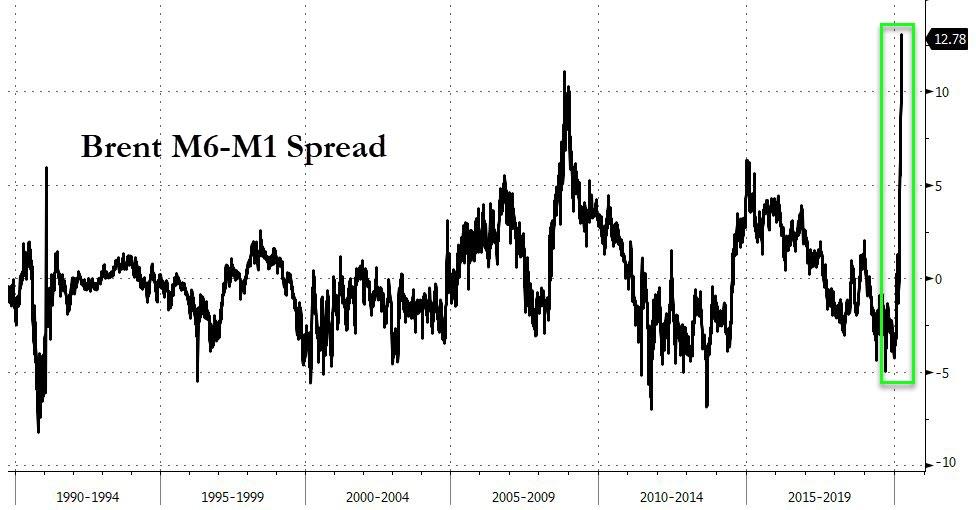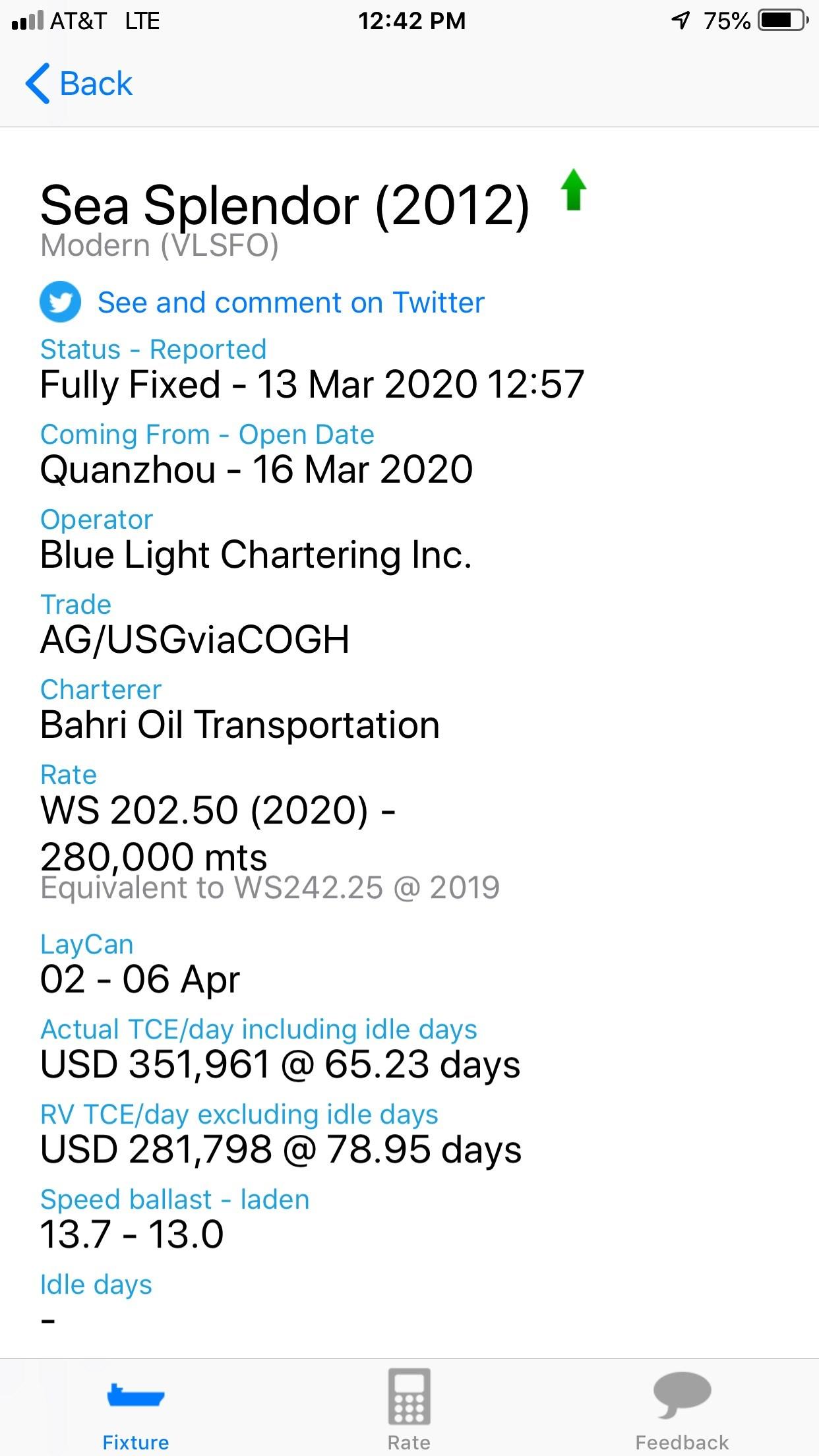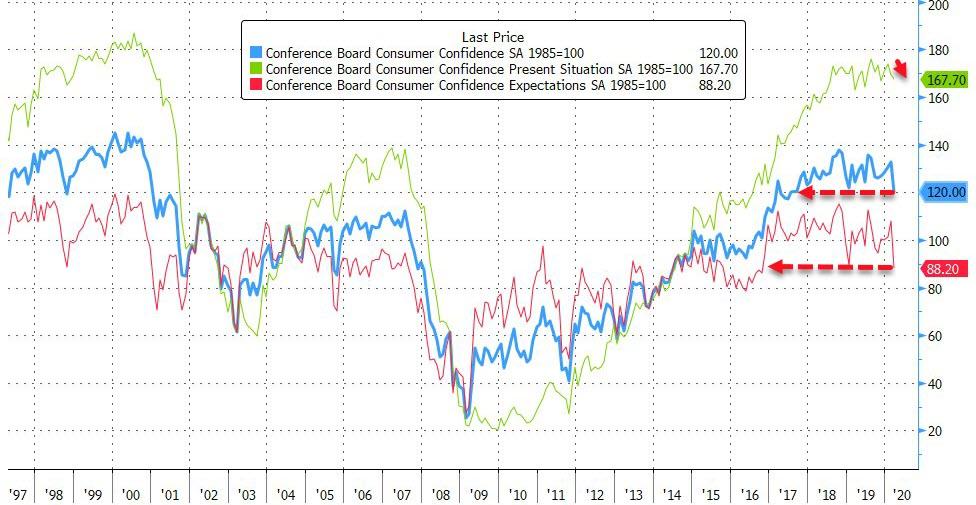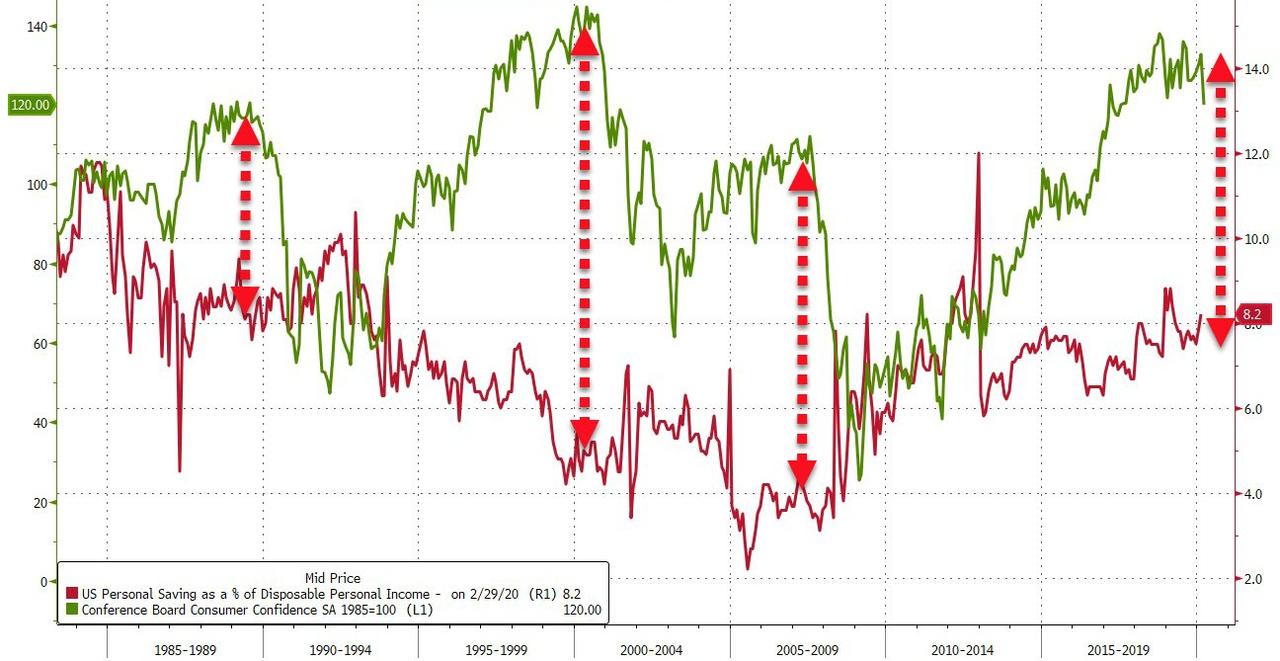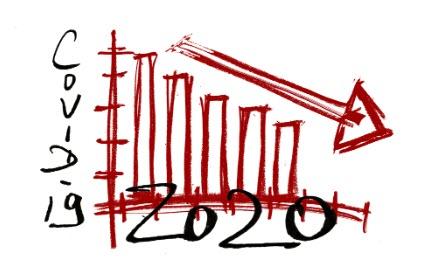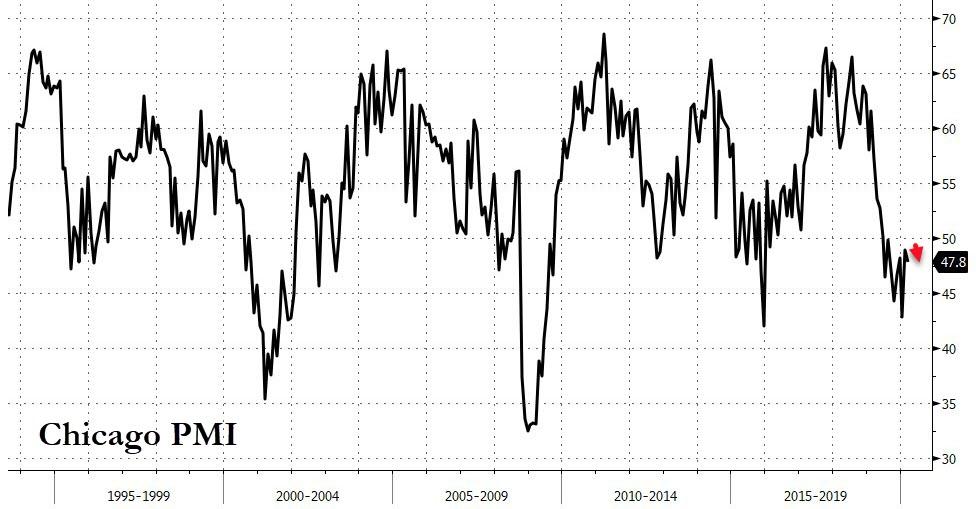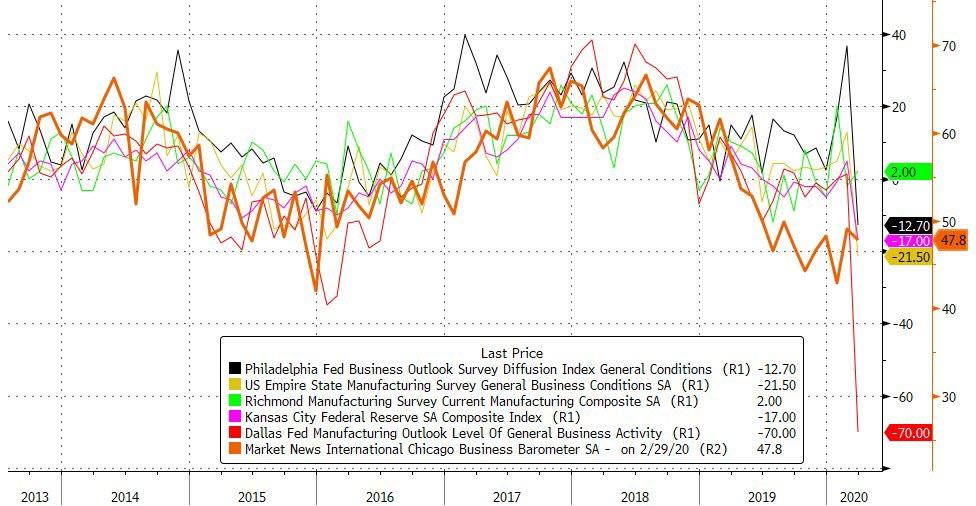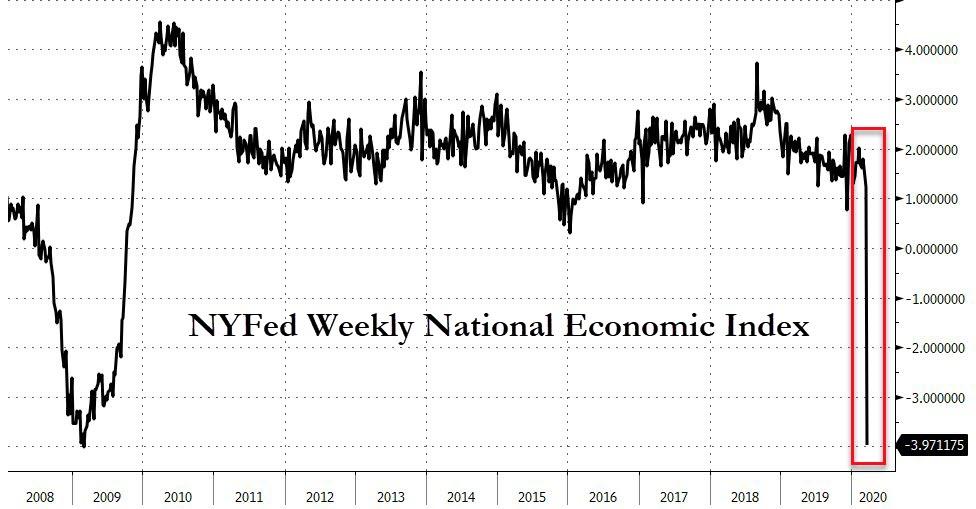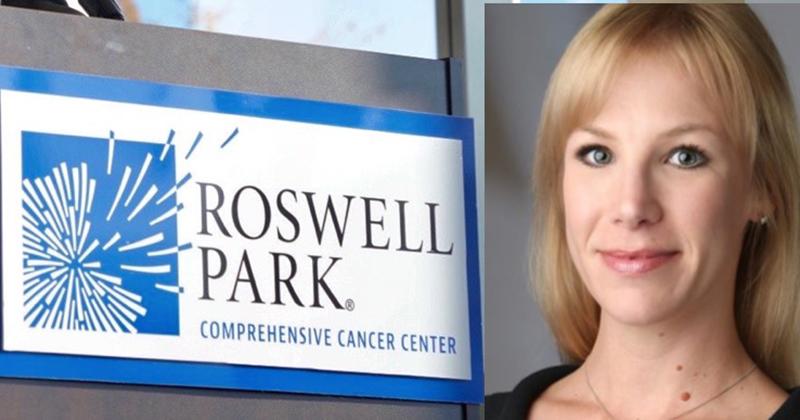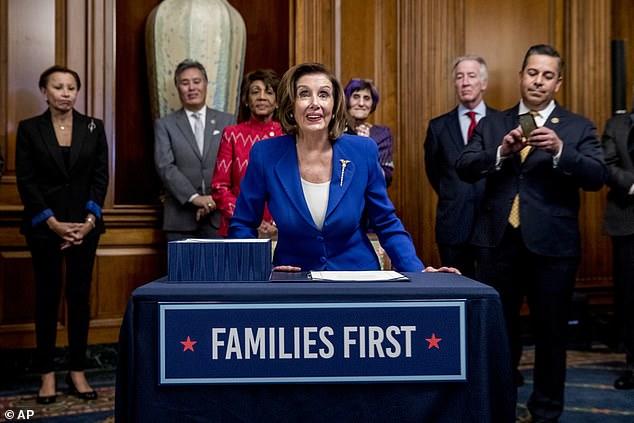$2.5 Billion Credit Fund Gates Investors To “Avoid Fireselling Assets”
Until recently, funds that imposed redemption “gates” on their investors were those who had suffered a substantial mismatch between the illiquidity of their investments and the liquidity preference of their investors (which tends to be instantaneous), usually as a result of some exogenous event such as Brexit, or a media report sparking investor fears.
As a result, over the past 4 years we had seen a procession of prominent funds gating investors, starting with the junk bond fiasco at Third Avenue which led to a premature end for the asset manager, then the three largest UK property funds suddenly froze over $12 billion in assets in the aftermath of the Brexit vote; two years later the Swiss multi-billion fund manager GAM blocked redemptions, followed by iconic UK investor Neil Woodford also suddenly gating investors despite representations of solid returns and liquid assets, then it was the ill-named, Nataxis-owned H20 Asset Management decided to freeze redemptions; then the largest UK property fund, M&G, halted redemptions, and finally in December, distressed investing giants York Capital Management and Southpaw Asset Management also barred clients from redeeming money they have requested for year-end, a sign of the pressure that investors in distressed assets are facing.
All this, of course, happened before the investing world turned upside down as a result of the coronacrisis and fastest bear market in history. Yet curiously despite the furious market plunge in March, besides the occasional false rumor, there had not been any prominent hedge fund casualties, or even redemption gates.
That changed today when the WSJ reported that $7 billion hedge fund EJF Capital LLC told clients it was suspending redemptions from one of its funds for the foreseeable future because it didn’t want to be a forced seller in what it called “dysfunctional” credit markets. And so once again the liquidity mismatch strikes.
According to the WSJ, EJF founded by Emanuel “Manny” Friedman, told clients in a letter Friday it was preventing investors from withdrawing their money from its Debt Opportunities Fund which managed $2.5 billion at the end of February. What is disturbing is that while the fund received redemption requests totaling only 6% of its assets under management for March 31, the letter said, it wanted to “protect all of the Fund’s investors by not selling assets into a nonfunctioning market.”
“We are currently experiencing unprecedented volatility and dysfunction in the credit markets,” Mr. Friedman and EJF co-Chief Executive Neal Wilson wrote in the letter. “Market participants fear extreme and irreversible damage as the uncertainty emanating from the coronavirus spreads. We believe this fear of permanent economic damage, combined with an only nascent fiscal response from Congress, has led to the tightening of credit available to pooled investment vehicles such as the Fund over the past few weeks.”
This means that either the fund is telling the truth, or more likely the modest redemptions would mean that the Fund would have to drastically remark its holdings to a far lower “market”, in the process triggering ever more investor panic and redemptions. As a result, the founders “fear” not permanent economic damage, but a cascade of outflows which could lead to feedback loop which results in more firesales, more redemptions and the eventual liquidation of the fund.
The Arlington, Virginia based fund was down an estimated 15% for the month of March through March 27, and includes Anthony Scaramucci’s SkyBridge Capital as an investor.
The letter said the fund would reassess the suspension quarterly, adding it was unlikely to be lifted in time for June redemptions because of the advance notice clients are required to give. In other words, anyone who is invested and needs their money now is stuck. Unlike a mutual fund, hedge funds offer their investors only periodic opportunities to redeem, and their investors typically have to submit withdrawal requests well in advance of those dates.
EJF’s Debt Opportunities Fund holds mainly debt issued by banks and insurance companies and structured-credit securities collateralized by debt issued by banks and insurance companies, the letter said. It also holds stock in banks and other financial services firms. While the fund has kept all its financing lines, the letter said financing had “become both limited as well as more expensive” in the past few weeks. The letter also said the fund had seen and met “unprecedented margin calls” but so far been able to avoid firesaling assets.
Of course that would have changed had the fund seen a flood of redemption requests; hence the “gate.”
While hedge funds rarely suspend investor redemptions because it is unpopular with clients, we expect many more funds to follow in these footsteps as the alternative is a wave of widespread redemptions; the move prevents investors from accessing their own cash at a time when they may urgently need it. Investors in so-called structured credit funds said the funds broadly were struggling with liquidity issues as the value of assets like mortgage-backed securities had fallen rapidly and banks have tightened financing.
Meanwhile, hedge fund investors are bracing for additional managers in structured credit to make moves limiting clients’ ability to get back their own cash. One fund executive described the dynamic as a “death spiral” where margin calls were causing forced selling, which in turn was causing additional margin calls and more forced sales.
One fund which is certainly immune from the whims – and liquidity needs – of its LPs is Millennium which as we reported last month unveiled a new share class open to new investments limits the amount clients can pull to 5% of their money each quarter, meaning it would take them five years to fully cash out. The 5% quarterly redemption limit means that in a quarter in which markets tank and investors want to pull their money, they will only be allowed to pull just 5%. In other words, Millennium investors have pre-emptively agreed to be gated to at least 95% of their capital following a “market event.” And all this just to be allowed to invest in the vaunted Englander’s hedge fund.
In retrospect, now that the liquidity panic is about to hit, every other hedge fund will wonder how they didn’t think of this first.
Tyler Durden
Tue, 03/31/2020 – 10:45
via ZeroHedge News https://ift.tt/3aJ0cgt Tyler Durden
